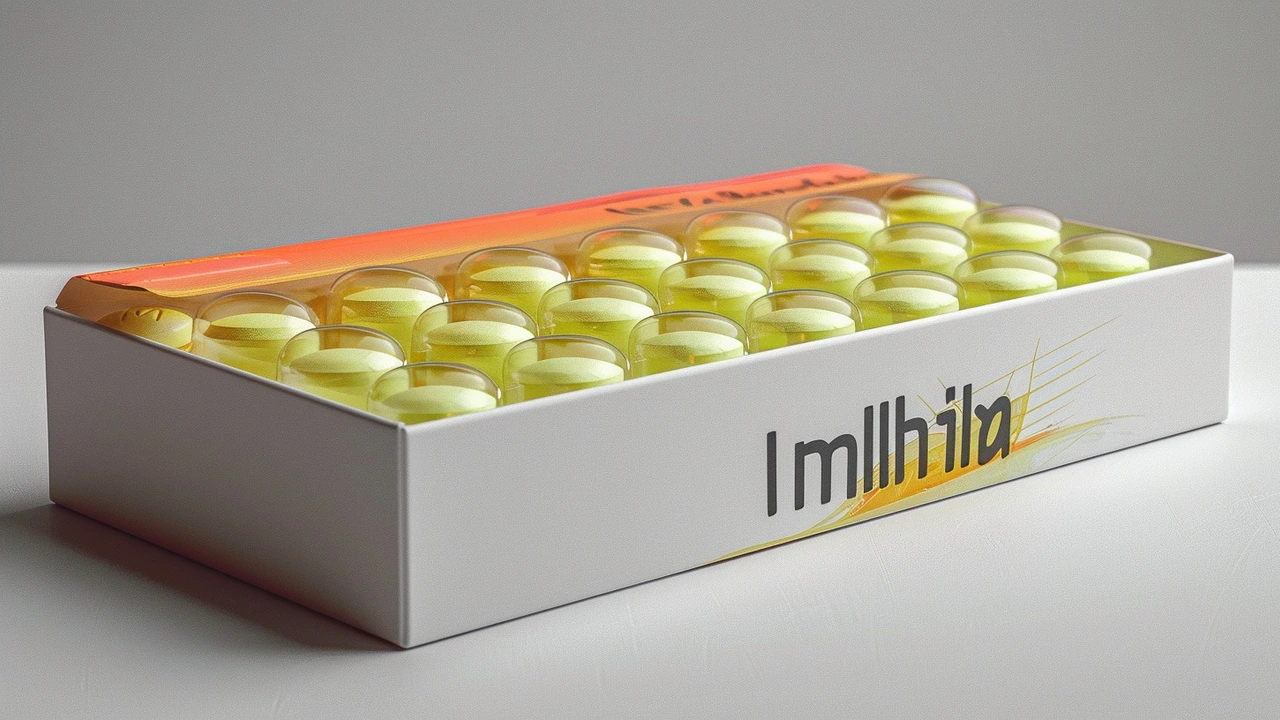Prescrire: Practical Tips for Getting and Using Prescriptions Safely
Ever wondered what makes a prescription safe and reliable? You’re not alone. Most of us grab a script from a doctor and assume the rest is simple, but a few easy steps can save you from headaches, unnecessary costs, and even health risks.
On this page we’ll walk through the basics of getting a prescription, what to check before you fill it, and how to stay on top of your medication routine. Grab a coffee, and let’s clear up the confusion.
How to Get a Prescription the Right Way
First off, talk to a qualified prescriber – a GP, specialist, or a licensed telehealth provider. Ask clear questions: Why do I need this drug? How will it fit into my daily life? What are the main side effects?
When the prescriber writes the script, make sure the following details are correct:
- Full medication name (generic is usually cheaper)
- Dosage strength and form (tablet, liquid, patch)
- Exact dosage schedule (once daily, twice a day, with food, etc.)
- Duration of treatment – short courses vs. long‑term use
- Your personal details – name, DOB, allergies
If anything looks off, call the office right away. A quick clarification now prevents a bigger problem later.
What to Look for at the Pharmacy
When you pick up the medication, compare the label with your script. Check the drug name, strength, and instructions. If you’re using an online pharmacy, verify that it’s legit – look for a physical address, a pharmacist’s name, and a secure HTTPS site.
Ask the pharmacist about:
- Potential interactions with other meds you’re taking
- What to do if you miss a dose
- Storage tips (some meds need refrigeration, others stay at room temperature)
Don’t skip the “counseling” session. A few minutes of conversation can clear up confusion about side effects, warning signs, and when to call a doctor.
For common queries, you’ll find answers in many of our tag articles, such as:
- Bladder Infection and Lower Back Pain – learning why a UTI can cause back pain and when to see a doctor.
- Atomoxetine and Depression – what to watch for if you’re on ADHD medication.
- Buying Rizatriptan, Lamictal, Flagyl, and more – safe online purchasing steps for 2025.
These posts give real‑world examples of how a prescription can affect daily life and why double‑checking matters.
Finally, keep a medication list handy. Write down every prescription, over‑the‑counter drug, and supplement you use. Update it whenever a new drug is added or stopped. This simple habit helps you and any future prescriber spot interactions early.
Prescribing doesn’t have to be a mystery. With a clear script, a trusted pharmacy, and a habit of tracking what you take, you’ll stay in control of your health and avoid the common pitfalls that catch many people off guard.
Urgent Withdrawal Sought for High-Risk Anti-Nausea Medication Domperidone in Luxembourg
An urgent call for the withdrawal of the anti-nausea drug, Motilium, has been made by Prescrire magazine due to its potentially fatal side effects. The drug's active ingredient, Domperidone, poses serious cardiac risks. Alternatives are being advocated for.
- 14
- Read More
